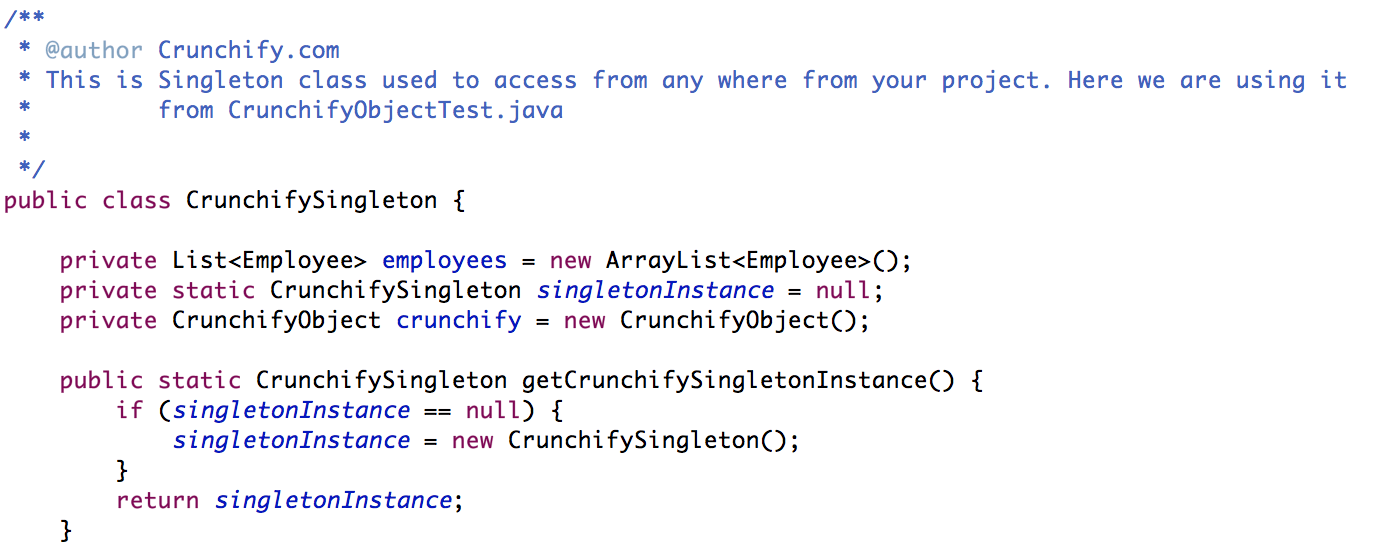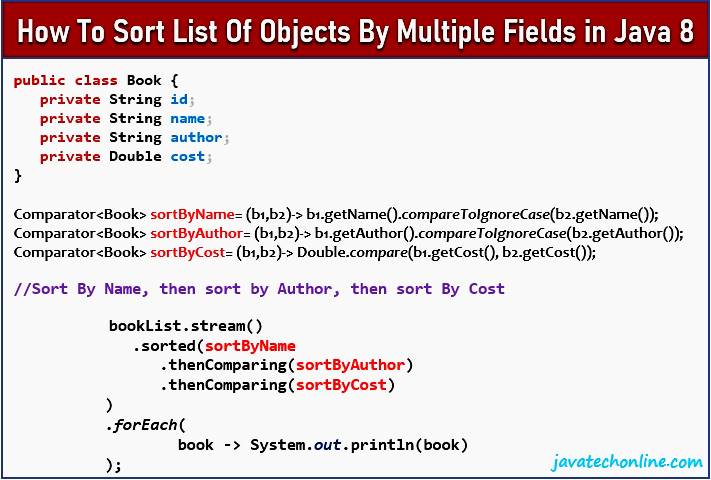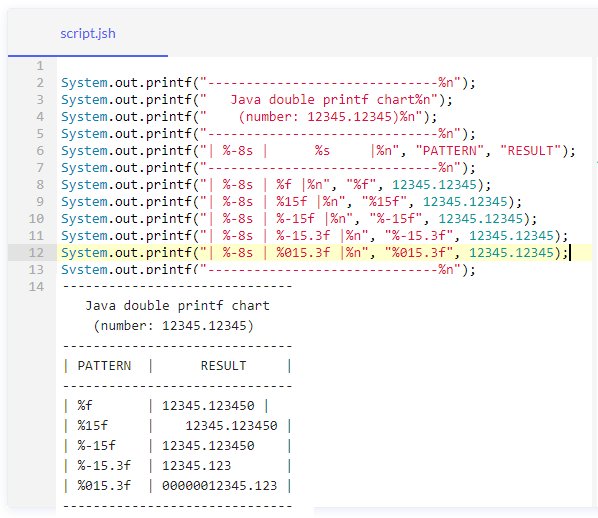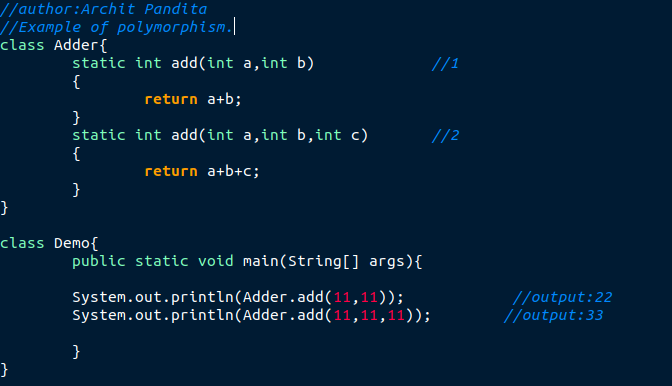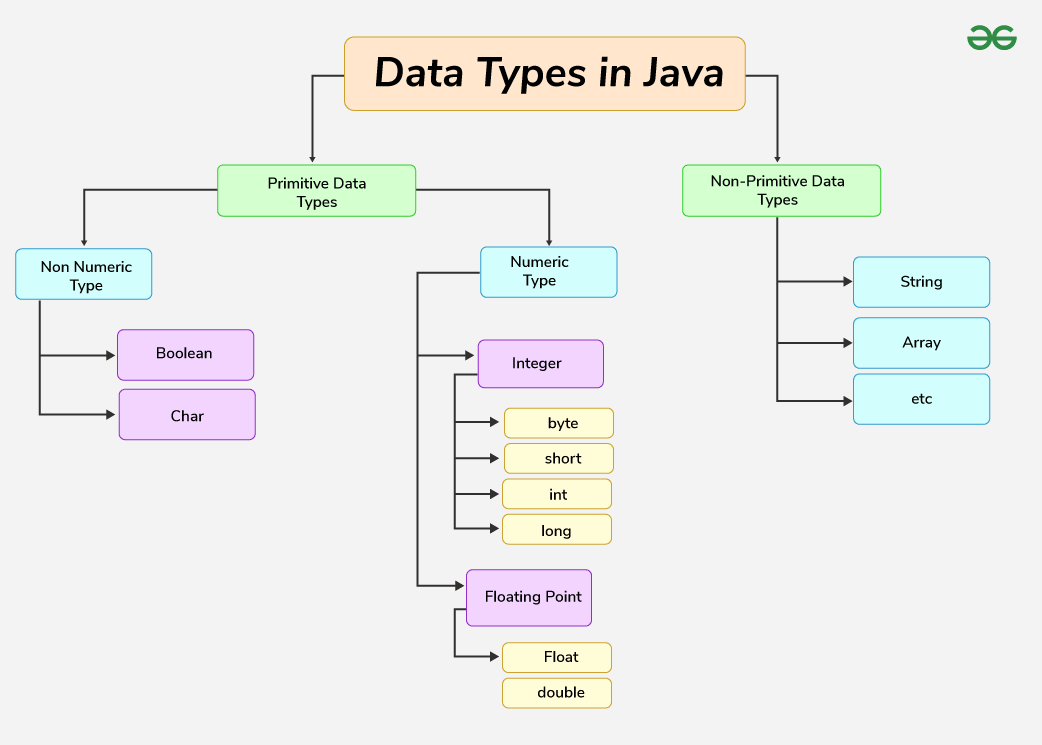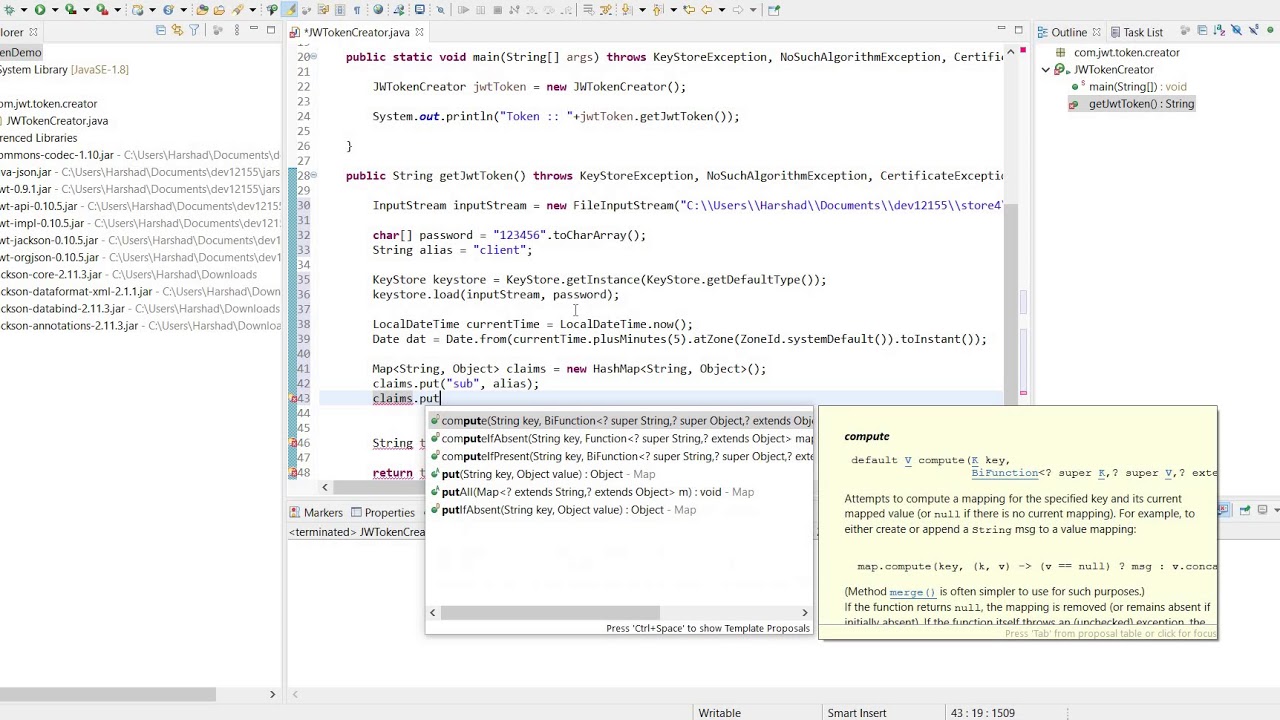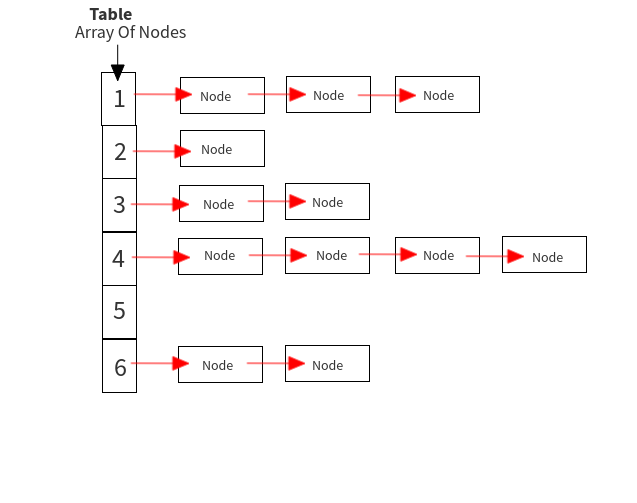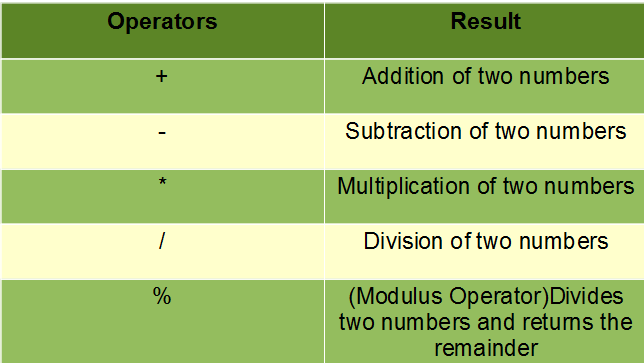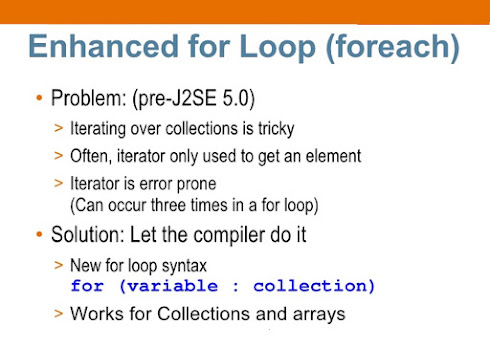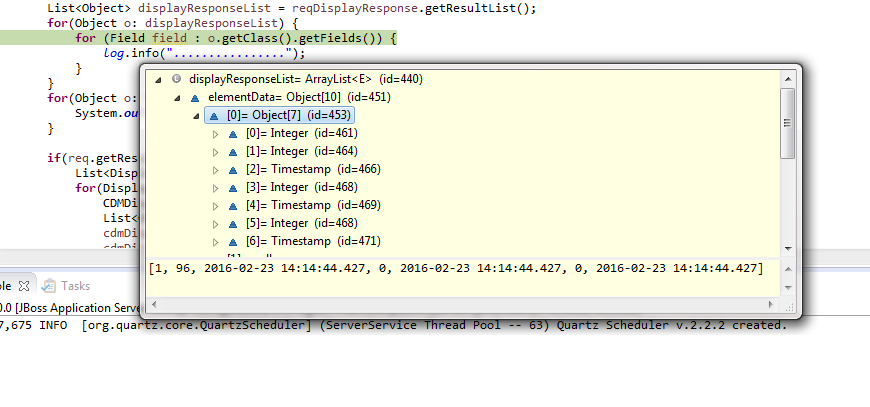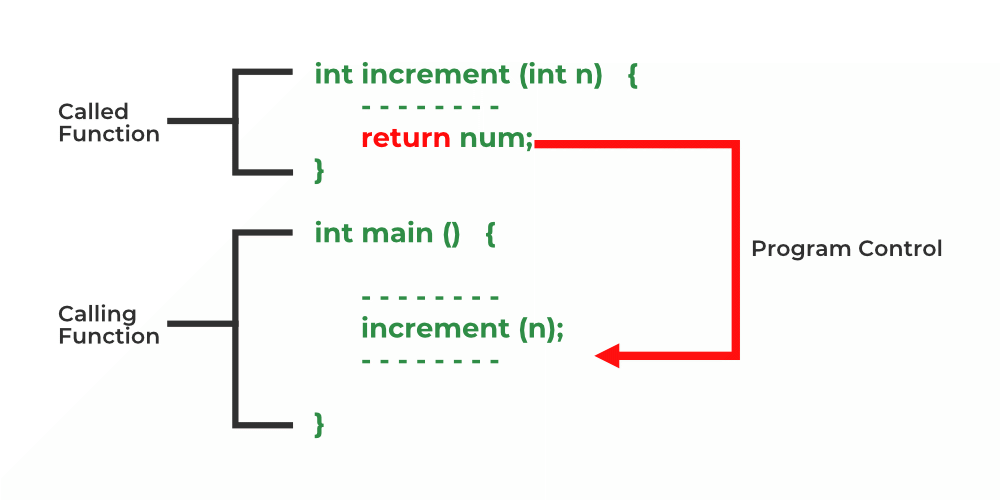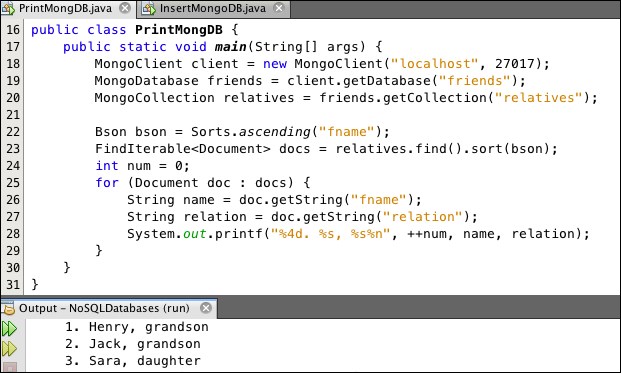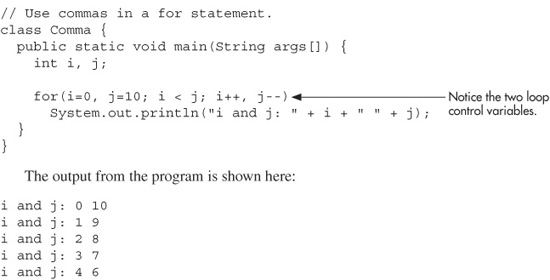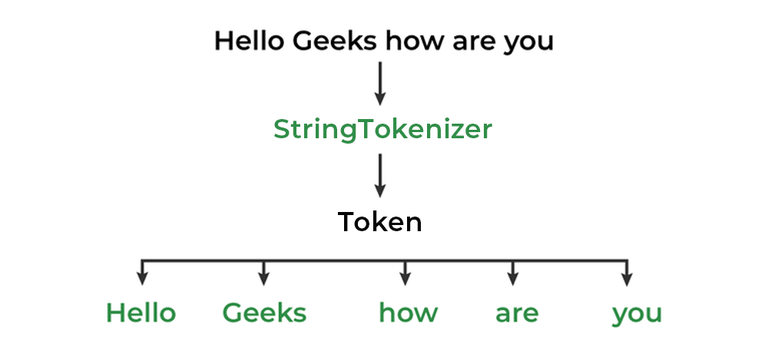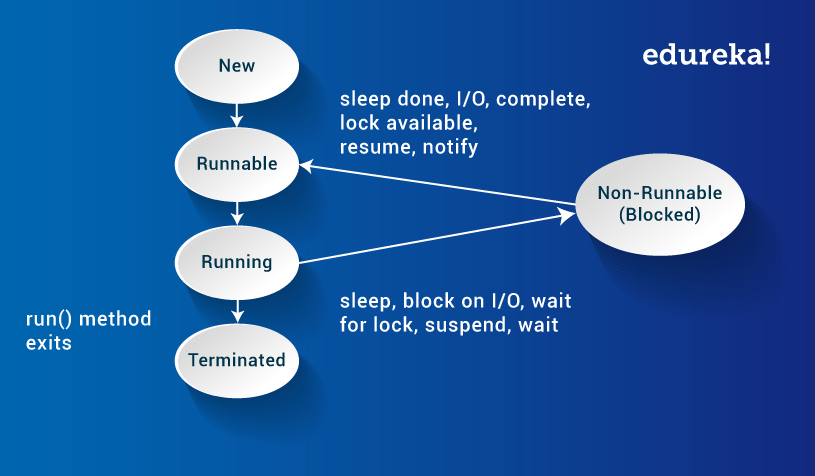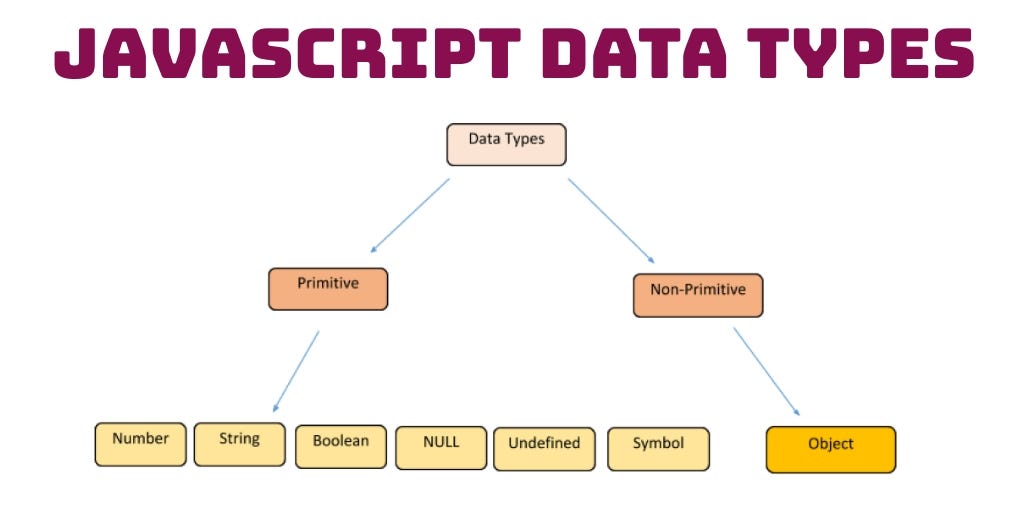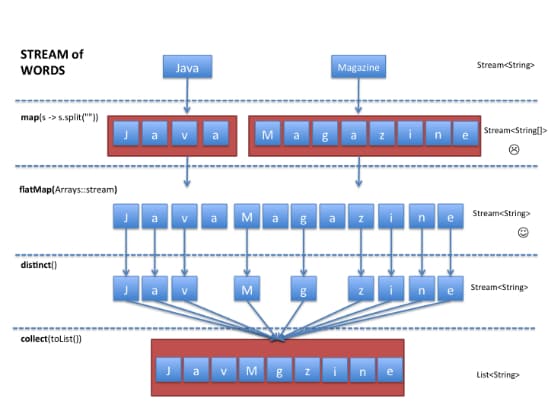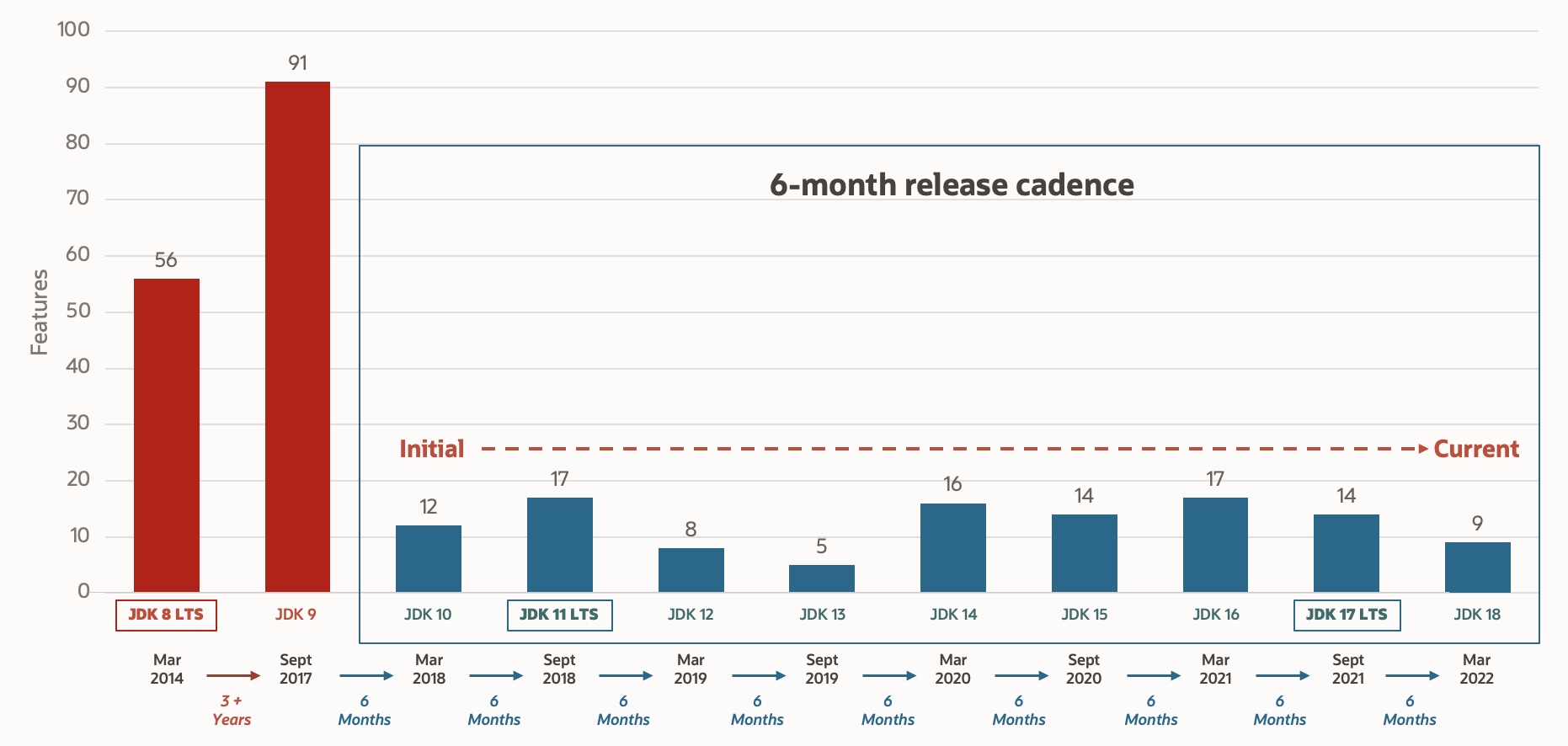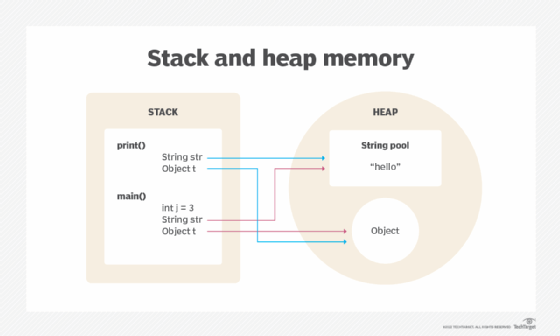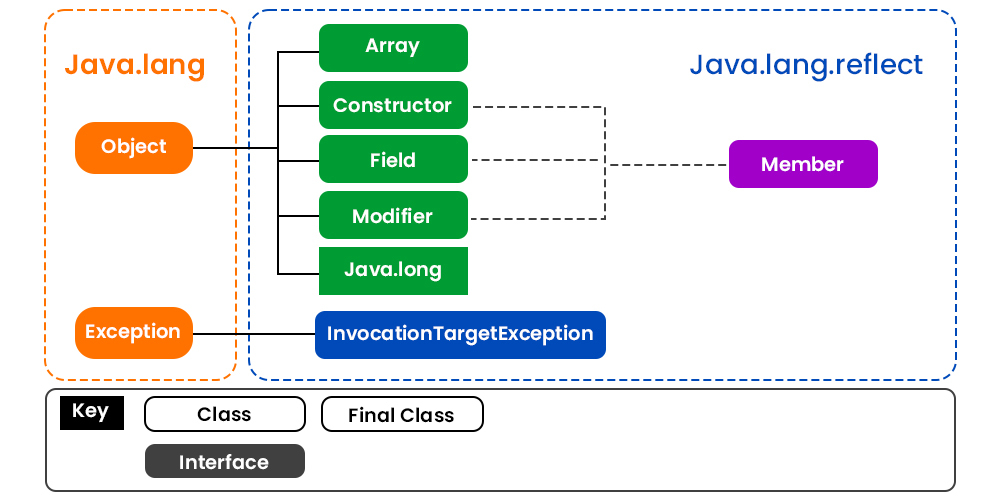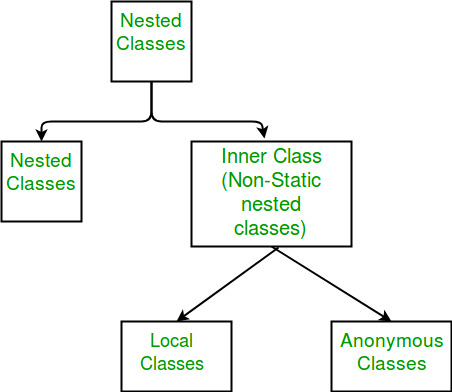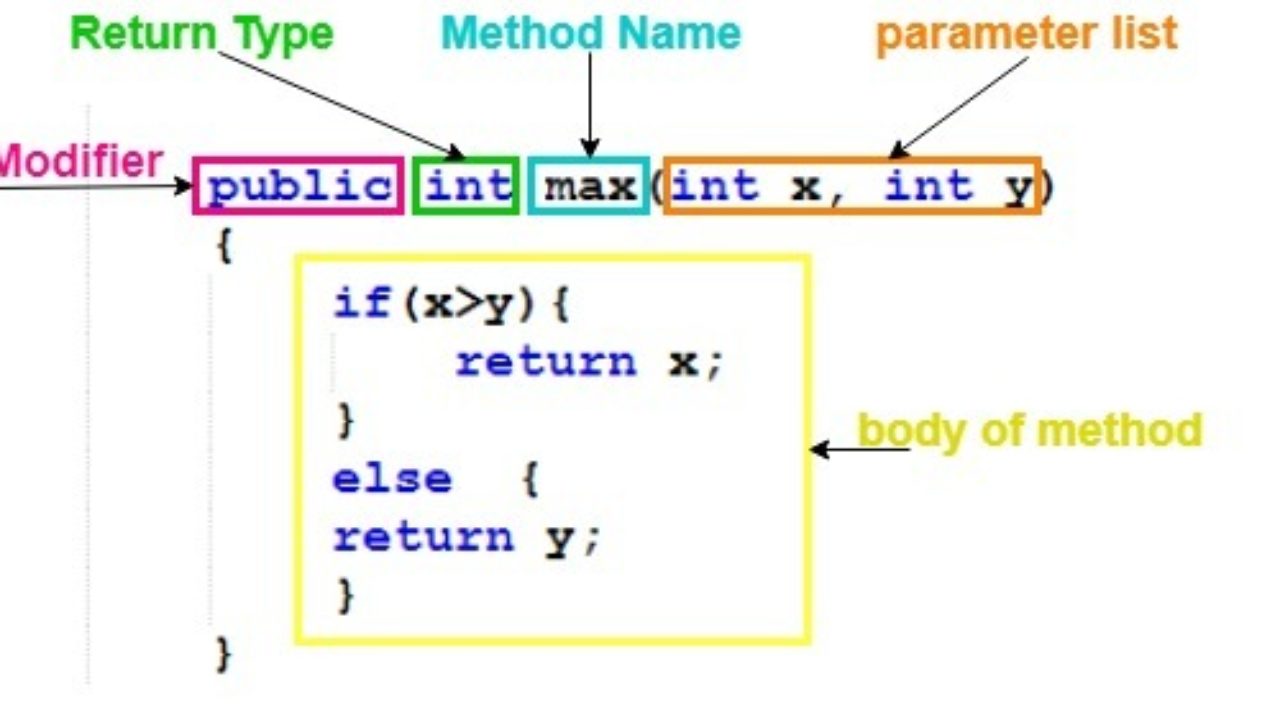Which statement is used to make decisions in java with example
Which statement is used to make decisions in java with example
In Java, decision-making statements are used to control the flow of a program's execution based on certain conditions. There are several types of decision-making statements in Java, including:
If-else statement: This is one of the most common decision-making statements in Java. It is used to execute a block of code if a certain condition is true or false.Example:
int age = 25;
if (age >= 18) {
System.out.println("You are an adult.");
} else {
System.out.println("You are a minor.");
}
In this example, the program checks whether the value of age is greater than or equal to 18. If it is, then the code inside the if statement will be executed (i.e., "You are an adult." will be printed). If not, then the code inside the else statement will be executed (i.e., "You are a minor." will be printed).
Example:
int dayOfWeek = 3;
switch (dayOfWeek) {
case 1:
System.out.println("Monday");
break;
case 2:
System.out.println("Tuesday");
break;
case 3:
System.out.println("Wednesday");
break;
default:
System.out.println("Invalid day of the week.");
}
In this example, the program checks whether the value of dayOfWeek matches any of the cases (i.e., 1 for Monday, 2 for Tuesday, etc.). If it does, then the corresponding code inside the case will be executed. If none of the cases match, then the default code will be executed.
Example:
int age = 25;
String message = (age >= 18) ? "You are an adult." : "You are a minor.";
System.out.println(message);
In this example, the program uses the ternary operator to evaluate whether age is greater than or equal to 18. If it is, then the code inside the first part of the ternary operator will be executed (i.e., "You are an adult." will be assigned to message). If not, then the code inside the second part of the ternary operator will be executed (i.e., "You are a minor." will be assigned to message).
Example:
int i = 0;
while (i < 5) {
System.out.println(i);
i++;
}
In this example, the program uses a while loop to print the numbers from 0 to 4. The condition inside the while loop is evaluated repeatedly until it becomes false.
These are some of the most common decision-making statements in Java, and they can be used together or separately to control the flow of a program's execution.
What is a decision-making statement in Java?
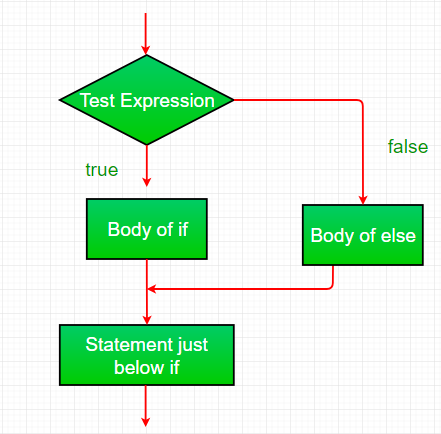
A decision-making statement, also known as a control structure or branching statement, is an essential component of programming languages like Java. It allows developers to make choices based on conditions and execute different blocks of code accordingly.
In Java, decision-making statements are used to control the flow of your program's execution. They enable you to make decisions about what code to execute next, depending on certain conditions. There are several types of decision-making statements in Java:
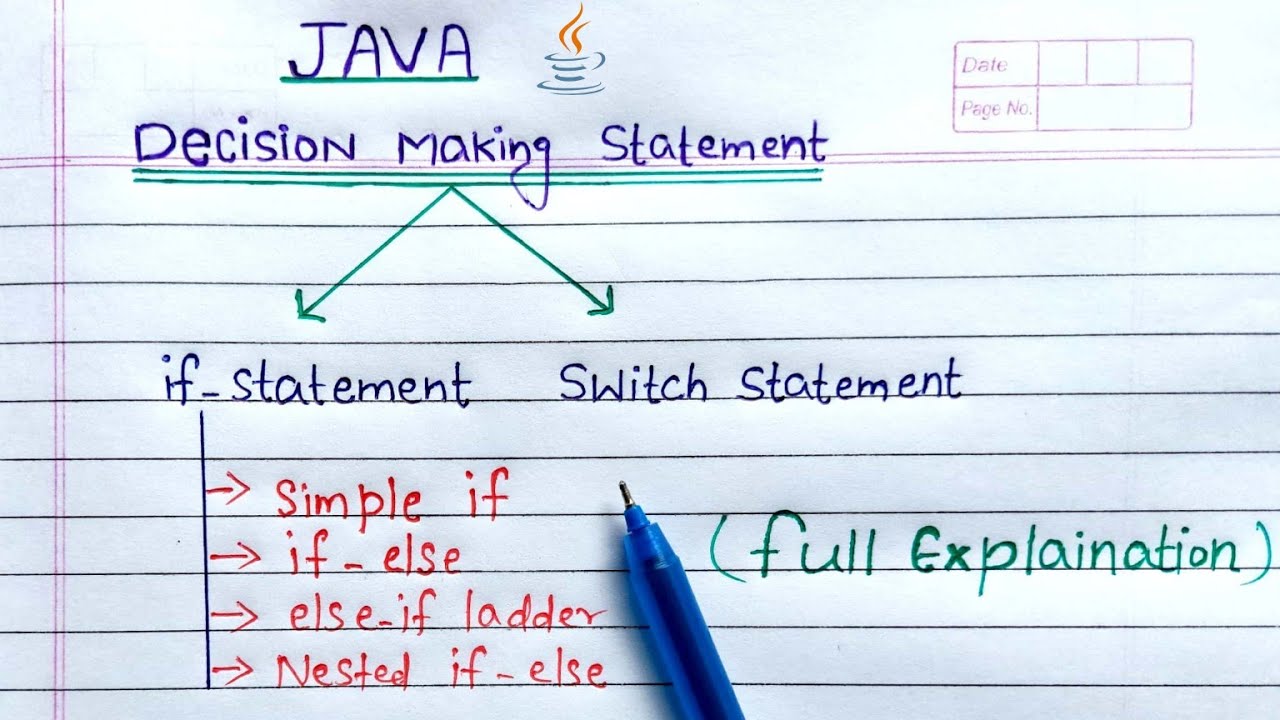
else block can be executed.
Syntax:
if (condition) {
// code to execute if condition is true
} else {
// code to execute if condition is false
}
For example:
int x = 5;
if (x > 10) {
System.out.println("x is greater than 10");
} else {
System.out.println("x is less than or equal to 10");
}
// Output: x is less than or equal to 10
Syntax:
if (condition1) {
// code to execute if condition1 is true
} else if (condition2) {
// code to execute if condition1 is false and condition2 is true
} else {
// code to execute if both conditions are false
}
For example:
int x = 5;
if (x > 10) {
System.out.println("x is greater than 10");
} else if (x == 5) {
System.out.println("x is equal to 5");
} else {
System.out.println("x is less than 5");
}
// Output: x is equal to 5
Syntax:
switch (expression) {
case value1:
// code to execute if expression equals value1
break;
case value2:
// code to execute if expression equals value2
break;
default:
// code to execute if expression does not match any cases
}
For example:
int day = 3;
switch (day) {
case 1:
System.out.println("Monday");
break;
case 2:
System.out.println("Tuesday");
break;
default:
System.out.println("Not a weekday");
}
// Output: Tuesday
In conclusion, decision-making statements in Java are essential for controlling the flow of your program's execution. By using if-else, if-else-if, and switch statements, you can write more robust and efficient code that makes informed decisions based on conditions.

